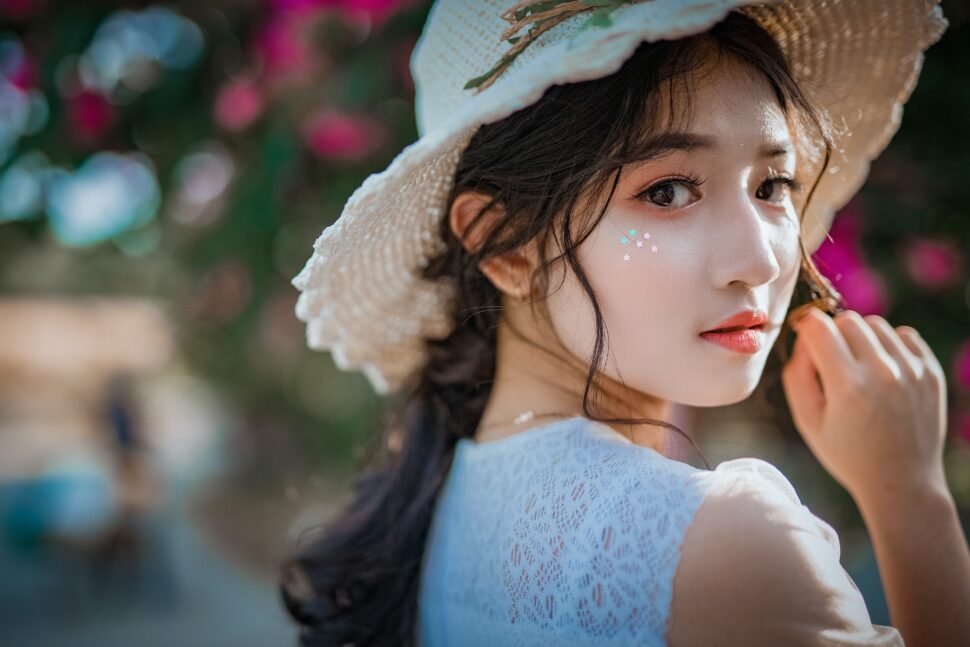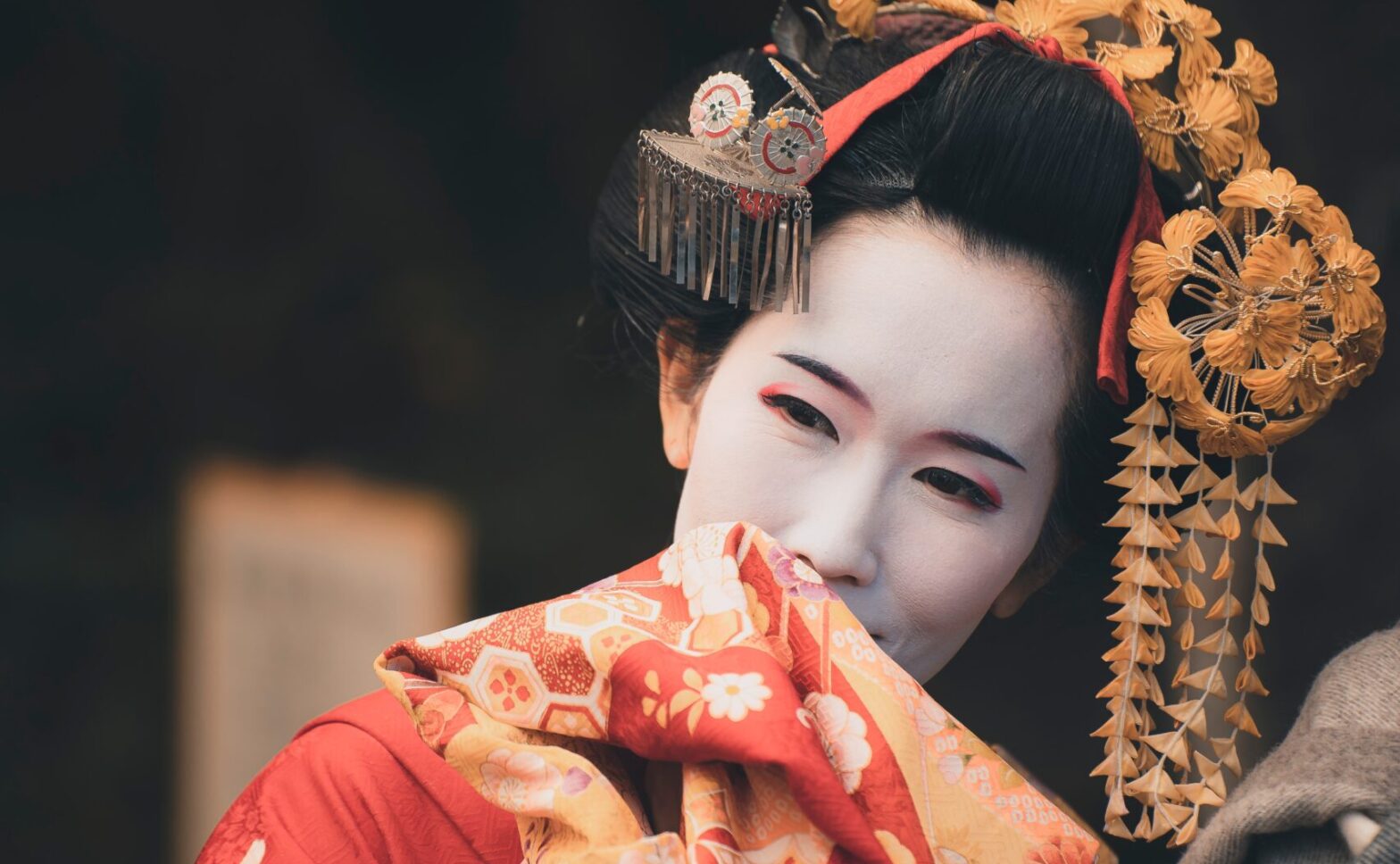Asia’s centuries-long fascination with fair skin has deep roots. Even today, Eurocentric beauty standards continue to exert their influence, linking paleness with allure. This fixation is vividly reflected in the cosmetics industry, which has spawned a multi-billion-dollar market for skin-whitening products across Asia. These contentious ideals, which trace their origins to colonial history, are perpetuated through media channels. However, a growing chorus of voices is challenging these standards and advocating for the appreciation of diverse skin tones.
The Business Of Skin-Whitening Products

The idealization of fair skin has been the dominant beauty norm in many Asian nations for generations. An eye-opening survey conducted by the World Health Organization revealed that 40% of women in countries such as China, Malaysia, the Philippines, and South Korea routinely use skin-whitening products. Malaysia, too, has seen its fair share of this trend. In a 2002 survey by Asia Market Intelligence, 75% of men believed their partners would be beautiful with lighter skin.
Such a deep-seated association between fairness and beauty continues to fuel the thriving skin-whitening industry. The industry’s estimated value is projected to reach a staggering $8.9 billion by 2027. The ubiquity of these products is evident on platforms like Yesstyle despite concerns over their discriminatory nature and health risks. The media also substantially reinforces these standards, featuring light-skinned models in advertisements.
Whiter Skin Higher Status
The historical preference for lighter skin in Asian culture is intrinsically tied to socio-economic status and the legacy of colonialism. Historically, having fair skin was an indicator of higher social status, as individuals engaged in manual labor often had darker complexions from sun exposure. The elite, meanwhile, enjoyed a sheltered indoor life due to their wealth, which translated into fairer skin. Consequently, those with darker skin were relegated to lower rungs on the social hierarchy, fueling the fervor for fairer complexions.
Trauma From Colonizers
Colonialism has also left its mark on the beauty standards in Asian countries. Many nations across the continent were once colonized by white powers from the US and Europe. Eventually, their fair skin signified the power and affluence of the colonizers. Even in Japan, which remained uncolonized, noblewomen during the Edo period adopted white makeup to emulate the luxurious image associated with lighter skin. These historical factors continue to shape modern beauty standards in Asia.
In recent years, Eurocentric beauty ideals have been intensely scrutinized, particularly in advertising campaigns. A striking example is a controversial video advertisement by Watson’s, a cosmetics store in Malaysia, which many found to be racist. The ad depicted a man’s astonishment at a woman’s darker skin, with the implicit suggestion that he married her only after she revealed a fair complexion by washing off her dark makeup. Such campaigns are receiving widespread criticism, spawning viral hashtags in the media. A growing movement has emerged, championing the beauty of darker skin tones and advocating for accepting all skin colors.
Asia Is Now Breaking Societal Norms
The ingrained Eurocentric beauty ideals, stemming from class distinctions and colonialism, continue to influence societal norms in Asia. While the preference for pale skin remains prevalent in many Asian countries, the tide is slowly turning as new standards of beauty gain momentum. The potential for change is palpable. It will take a collective effort to deconstruct these discriminatory beauty norms and foster a society that celebrates inclusivity and the beauty of all skin tones.
